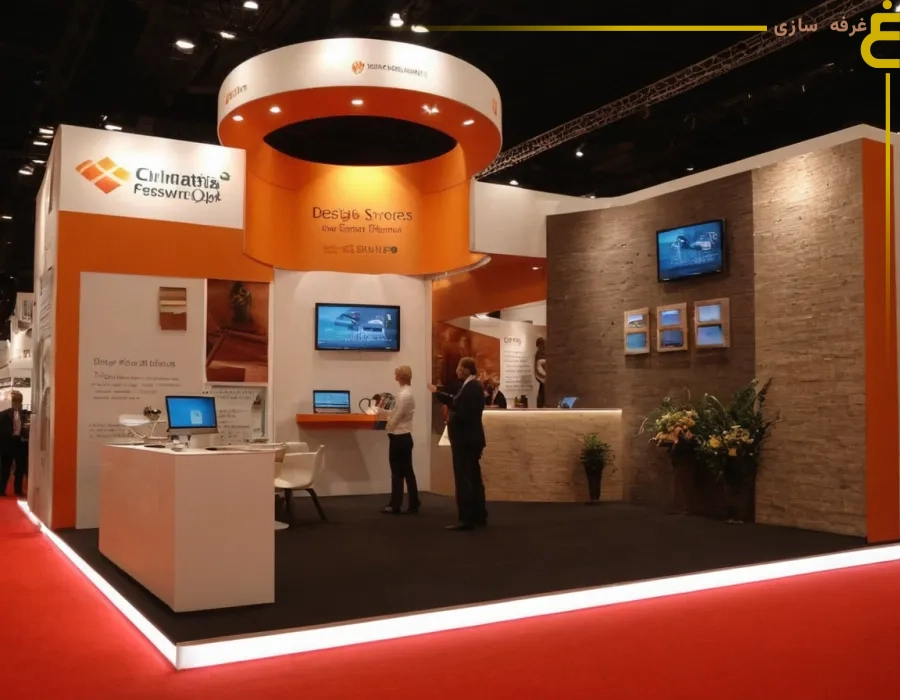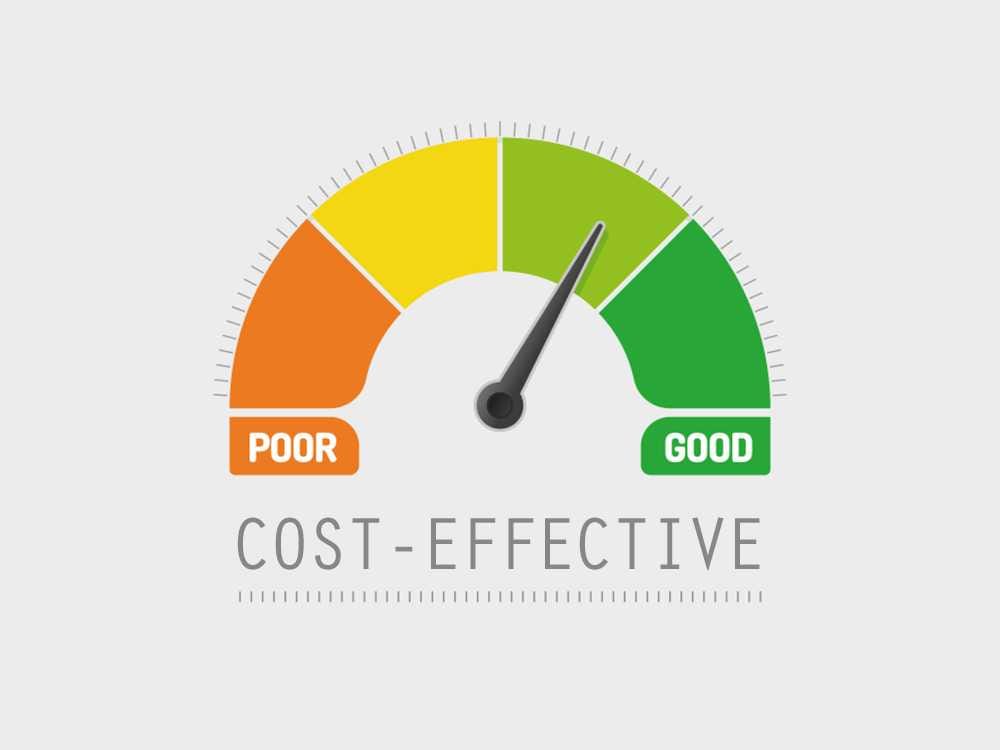Exhibition Articles
17
Oct
Abstract
Exhibition News – Booth Construction at GITEX Dubai – Seyed Mahdi Najafi – The 45th edition of GITEX Global, ...
22
Sep
Tehran International Exhibition: The driving force behind the national economy and a showcase for the flourishing of Iranian industries under sanctions
Introduction: Tehran; the commercial crossroads of the Middle East
Booth Construction and Decoration System – Seyyed Mehdi Najafi –...
16
Sep
The role of design power in exhibition booth construction: turning visitors into business partners
Introduction: The End of the One-Way Booth; The Dawn of Participatory Design
Booth construction and Decoration System – Seyed M...
13
Sep
Outdoor Advertising at Tehran International Exhibition: A Comprehensive Guide for Organizers and Exhibitors
Booth construction and decoration system – Outdoor advertising is one of the essential elements in the success of any exhibition...
03
Sep
Barcelona International Fairs: A Platform for Innovation in Exhibition Building and a Driver of the Knowledge-Based Economy
Exhibition News – The Fira de Barcelona is set to host over a hundred international events in fields ranging from health ...
02
Sep
Trade show season is here – how to get around the fairgrounds
Exhibition season is here: How to survive and profit!
Booth Construction and Decoration System – Seyyed Mehdi Najafi – When aut...
30
Aug
Comprehensive report on the performance of the Islamic Republic of Iran International Exhibitions Joint Stock Company during the 14th government period
Introduction
Exhibition News – The performance of the international exhibitions industry, as a bridge for trade development,...
25
Aug
The Taste of Success: An Analysis of Iran’s Strong Presence at the 2025 India International Food Exhibition with Emphasis on Booth Building Strategy and Pavilion Design
Introduction: Anuga Food India Exhibition ; A Treasure in the Heart of Mumbai
Exhibition ; A Treasure in the Heart of Mumbai
...
19
Aug
The 25th International Construction Industry Exhibition: Transition from a Sales Showcase to a Commercialization and Innovation Platform
Exhibition News – The 25th International Construction Industry Exhibition, which coincides with the country’s economic transitio...
14
Aug
Cheap Exhibition Booth Building: A Comprehensive Guide to Reducing Costs and Increasing Impact
Booth System – Budget constraints don’t have to stop you from making an impact. With a few smart choices, you can build a cheap ...









